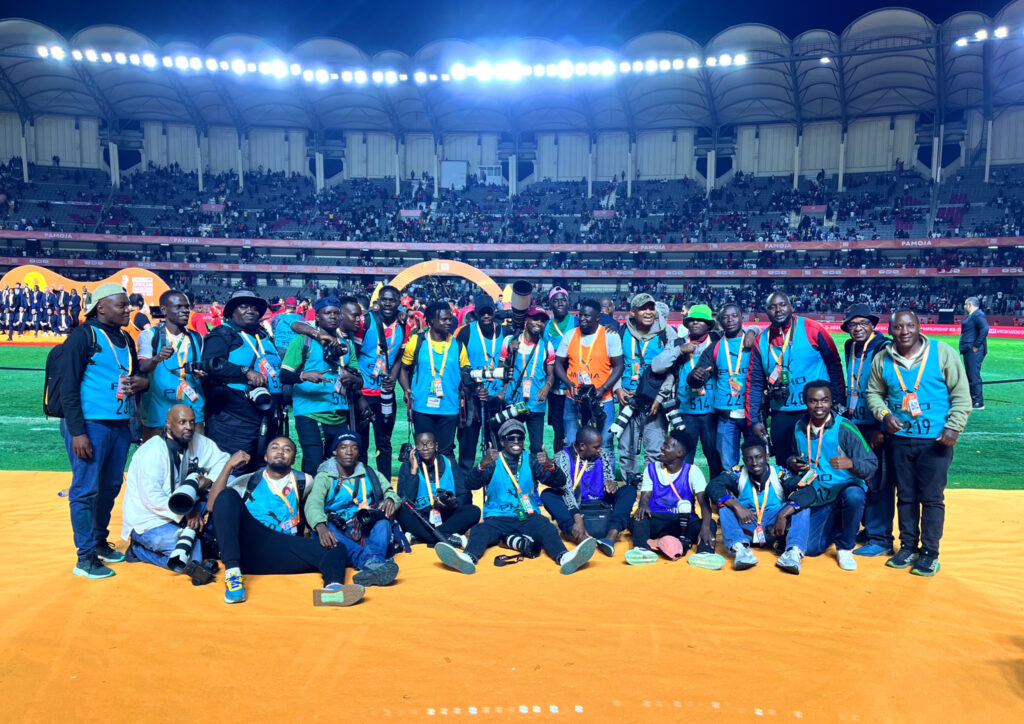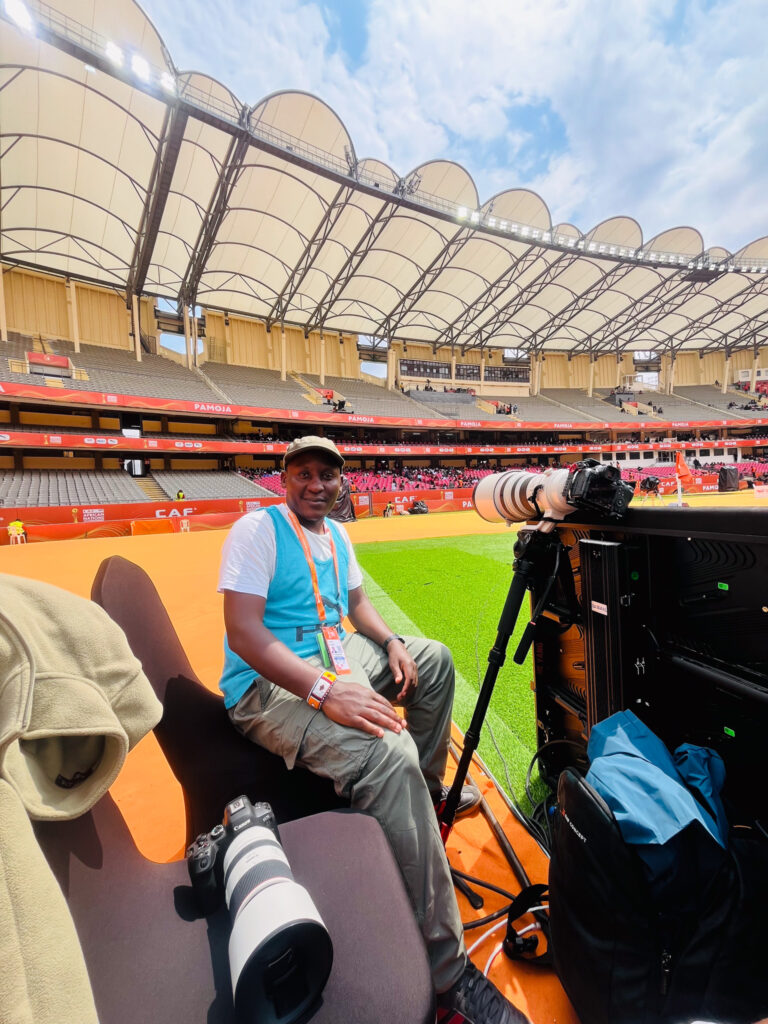The Global Shift to Sony in Photography and Filmmaking

There’s an interesting trend catching fire lately in the visual storytelling world, both in photography and filmmaking.
Sony is not playing games. Their gear is turning heads, and slowly but surely, more creatives are switching over to “the other side.”
For the longest time, Canon were the undisputed leaders. Their white lenses dominated stadiums, safari vehicles, film sets, and professional events across the world. A time is coming. In many ways, it is already here. That grip will be snatched away. Why? Because fatigue is real. Keep limiting features, keep holding back on camera capabilities, keep pricing gear beyond reach, and you’ll see fire.

If you have any doubts about what I’m saying, now, just take a look at the Tokyo Athletics Championships 2025. More than 50% of photographers and filmmakers there are using Sony. This was once almost 100% Canon territory. In my world of wildlife photography and film, I’ve seen the same shift firsthand. This is especially true while making my prints and documentaries in the Maasai Mara. A few years ago, game drives were filled with Canon’s white lenses. Today, Sony gear is everywhere, from stills to video rigs. The tide is turning.
Even closer to home, I see it every day. I share a creative working space with other filmmakers, and the migration to Sony is real. From cinematographers to editors, everyone seems to be making the switch. Even my own director recently asked that we move our productions to Sony. Their gears are better. The flexibility and capabilities are simply superior. That tells you where the wind is blowing.
Now, locally, Canon still has a footing. Recently, while shooting CHAN, I saw plenty of us still using those familiar white Canon lenses. We used them for both photography and video. But again, let’s be honest, shifting systems isn’t easy. Buying gear is like buying a house, you guy! It takes time. But slowly, Canon gear is being shelved. I say this based not only on my personal experience. I have also monitored situations in many of these sporting and film events. Additionally, with experience, you learn to tell, from a photo or footage, whether it was shot on Sony or Canon. That’s one of the benefits of years in the field.

Canon needs to be careful. They have a glimpse of the African market for now. This is only because of our lower spending power and limited credit options. Given a fair choice, many of us would already be shooting Sony, across both photography and film.
Now, some ask why I haven’t mentioned other brands. Here’s the truth. Nikon is the only other brand with the ability to match Sony and Canon in action storytelling. This applies whether it’s stills or video. The rest? Great for portraits, street, commercials, but action photography and filmmaking is a different beast. It demands the right balance of camera, lens, and technical skill. If one element is missing, it shows. If all three lock in, the results speak for themselves.
Nikon, unfortunately, have lagged, I’d say mostly because of poor support and marketing, especially here in Kenya. Many of the Sony converts I know are former Nikon users who finally found a new home. Globally, it’s rare now to see Nikon in stadiums or film crews for fast-paced events. Their black gear stands out, unlike the white Canon and Sony lenses. At CHAN, I spotted only one Algerian journalist using Nikon. We all celebrated because it’s become such a rare sight.
The long and short of it is this: the gear market is maturing fast. Camera brands are unleashing their wrath in full, and it’s unforgiving to those still playing cat-and-mouse with their clients. The days of “Mark II” and “Version III” are numbered. The new game requires putting your best technology out there. It can be in stills or video. The key is moving ahead and not drip-feeding updates. This leads to something interesting.
One of my biggest dreams is to one day own a Hasselblad. Those Swedish guys don’t joke. When they build something, they give you their very best. No endless versions depending on your pocket. Just pure quality at a premium price. Either you afford it, or you sit down and watch the party. Their gear isn’t ideal for sports or film, but their philosophy is something I deeply admire.
In fact, I’ve noticed this mindset in many Swedish products. It reflects a mentality of excellence. There is a commitment to doing things properly and wholeheartedly. Maybe that’s part of why I’ve grown so fond of Sweden as a country. With such a mantra, no wonder it’s considered one of the best places to live.
From Tokyo stadiums to the Maasai Mara, from photo prints to film sets in Nairobi, the signs are clear: the visual storytelling world is changing fast. Brands need to wake up and earn their place, or risk being left behind.
I’d love to hear your thoughts. In your field, whether sports, wildlife, or filmmaking, which gear do you see dominating right now? Are you noticing the same shift to Sony, or is Canon (or even Nikon) still holding ground where you are?
#WildlifePhotography #SportsPhotography #Filmmaking #SonyAlpha #Canon #Nikon #GearTalk #VisualStorytelling #Tokyo2025 #MaasaiMara

Mwarv
17 Sep, 2025It’s true that Sony is gaining market and mind share. I think it comes from a time when we believed anything Sony – TV, Radio, VCR – was quality. Their entry into photography built on this legacy and it is paying off. Add the after sales support that Canon have here and yes, they will be market leaders in the next decade or so.